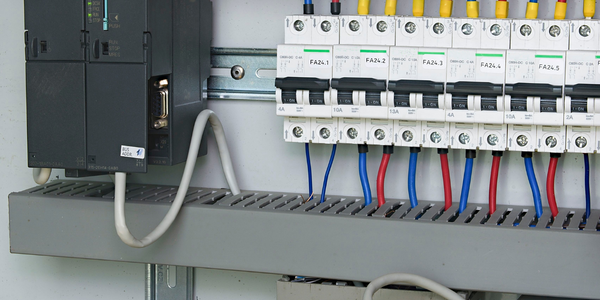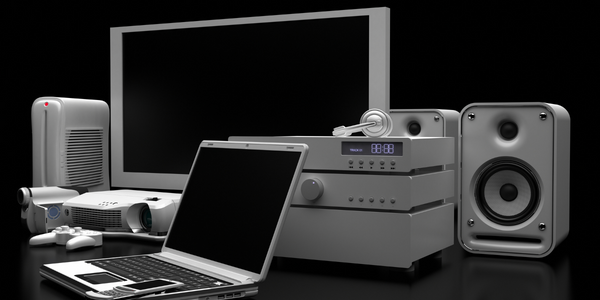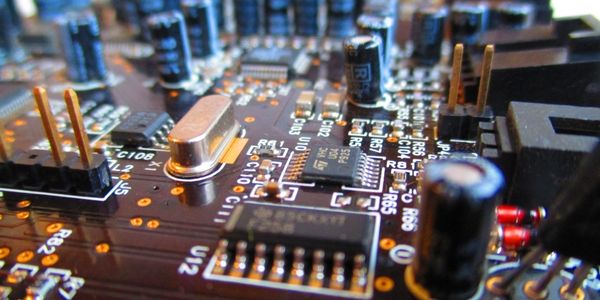Customer Company Size
SME
Region
- America
Country
- United States
Product
- Acumatica
- Magento
Tech Stack
- ERP
- Ecommerce
Implementation Scale
- Enterprise-wide Deployment
Impact Metrics
- Productivity Improvements
- Cost Savings
Technology Category
- Functional Applications - Enterprise Resource Planning Systems (ERP)
Applicable Industries
- Electronics
Applicable Functions
- Sales & Marketing
- Warehouse & Inventory Management
Use Cases
- Inventory Management
Services
- System Integration
About The Customer
xByte Technologies is a firm based in Bradenton, Florida, that specializes in selling new and refurbished Dell servers and network switches by Cisco, Juniper, HPE, and Dell. The company has seen significant growth in the past five years, doubling its sales from $12 million to about $24 million. This growth rate is approximately 10 percent annually. The company's success is largely due to its commitment to providing high-quality IT equipment coupled with first-class customer service. The company's operations are heavily reliant on a highly-available, always-on technology infrastructure that enables them to deliver superior service to their customers.
The Challenge
xByte Technologies, a company that sells new and refurbished Dell servers and network switches, was facing potential disaster with their old ERP, Everest Software, running on end of life with Windows Server. The company's success is predicated on having highly-available, always-on technology infrastructure that enables them to deliver superior service. However, when company executives started noticing their ERP slowed down every afternoon, they knew they had to take action. They needed to move to a platform that was more futureproofed, and to an ERP that could automate many of their operations.
The Solution
In order to address the challenges they were facing with their old ERP, xByte Technologies decided to implement Acumatica, a modern ERP system. The company chose Acumatica because of its flexible offerings, continuous development efforts, and automation capabilities. The new ERP system offered the company a number of benefits including the flexibility to integrate with third-party software without costly add-ons or customization, automation to reduce the burden on the two-person accounting staff, and dashboards with fast drill-down capabilities for better visibility into operations. In addition to implementing Acumatica, xByte also decided to work with Kensium Solutions to integrate a Magento website for better ecommerce operations.
Operational Impact
Quantitative Benefit

Case Study missing?
Start adding your own!
Register with your work email and create a new case study profile for your business.
Related Case Studies.

Case Study
Remote Temperature Monitoring of Perishable Goods Saves Money
RMONI was facing temperature monitoring challenges in a cold chain business. A cold chain must be established and maintained to ensure goods have been properly refrigerated during every step of the process, making temperature monitoring a critical business function. Manual registration practice can be very costly, labor intensive and prone to mistakes.

Case Study
Predictive maintenance in Schneider Electric
Schneider Electric Le Vaudreuil factory in France is recognized by the World Economic Forum as one of the world’s top nine most advanced “lighthouse” sites, applying Fourth Industrial Revolution technologies at large scale. It was experiencing machine-health and unplanned downtime issues on a critical machine within their manufacturing process. They were looking for a solution that could easily leverage existing machine data feeds, be used by machine operators without requiring complex setup or extensive training, and with a fast return on investment.

Case Study
Cloud Solution for Energy Management Platform-Schneider Electric
Schneider Electric required a cloud solution for its energy management platform to manage high computational operations, which were essential for catering to client requirements. As the business involves storage and analysis of huge amounts of data, the company also needed a convenient and scalable storage solution to facilitate operations efficiently.

Case Study
Leveraging the IoT to Gain a Competitive Edge in International Competition
Many large manufacturers in and outside Japan are competing for larger market share in the same space, expecting a growing demand for projectors in the areas of entertainment, which requires glamor and strong visual performance as well as digital signage that can attract people’s attention. “It is becoming more and more difficult to differentiate ourselves with stand-alone hardware products,” says Kazuyuki Kitagawa, Director of Service & Support at Panasonic AVC Networks. “In order for Panasonic to grow market share and overall business, it is essential for us to develop solutions that deliver significant added value.” Panasonic believes projection failure and quality deterioration should never happen. This is what and has driven them to make their projectors IoT-enabled. More specifically, Panasonic has developed a system that collects data from projectors, visualizes detailed operational statuses, and predicts issues and address them before failure occurs. Their projectors are embedded with a variety of sensors that measure power supply, voltage, video input/ output signals, intake/exhaust air temperatures, cooling fan operations, and light bulb operating time. These sensors have been used to make the projector more intelligent, automatically suspending operation when the temperature rises excessively, and automatically switching light bulbs. Although this was a great first step, Panasonic projectors were still not equipped with any capability to send the data over a network.









